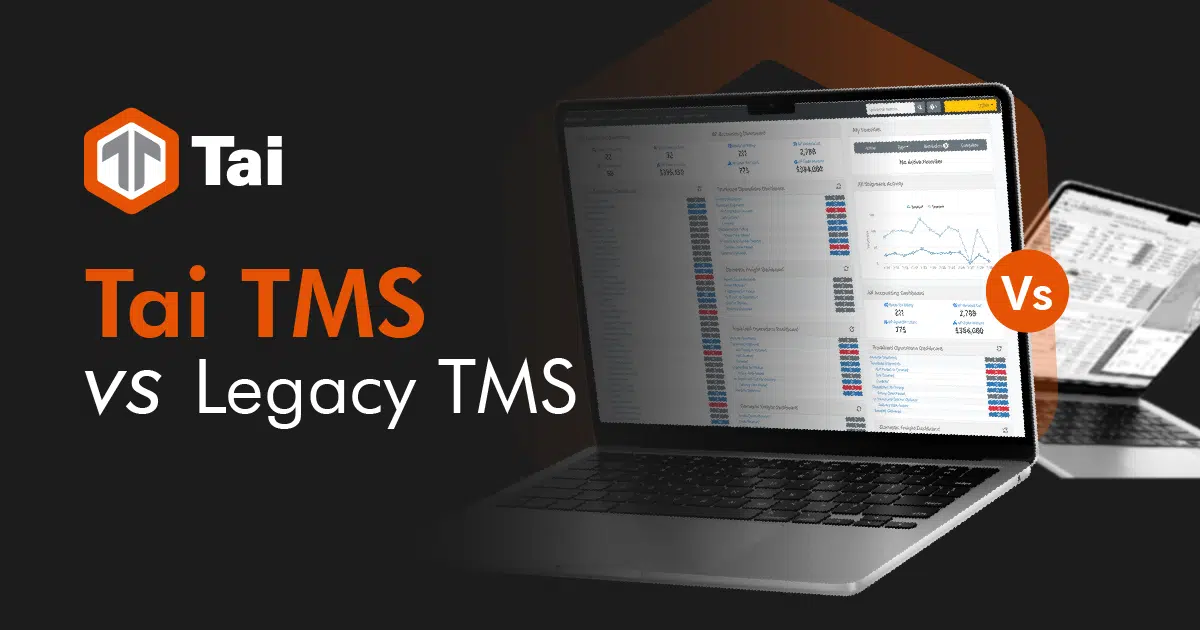The freight broker business is complicated. It involves many moving parts, such as financial management, customer service, and a good deal of interpersonal skills. The way the business is run can impact how profitable it will be in the long term.
Therefore, it’s crucial to understand what type of business model your freight brokerage firm should be using.
Overall, there are four different models to choose from:
- The cradle-to-grave model
- The buy/sell model (also known as the Chicago model)
- The digital model
- The combination models
This blog post will describe these models in detail to help guide you in your decision-making process.
Cradle To Grave (C2G) Model
Arguably the most popular business model for freight brokers is the cradle-to-grave model.
This is a full-service business where the broker manages the whole supply chain for their customers from start to finish. They oversee carriers and their vehicles; they do all of the negotiations with these carriers, and ultimately come up with rates and prices for each customer based on those negotiations.
The focus of a C2G model is on the overall network instead of any specific area.
- Pros: Customers appreciate the convenience of working with a single point-of-contact for all their shipping needs. When a single broker is handling the entirety of the supply chain, it’s easy to manage customer expectations and service consistency.
- Cons: The biggest drawback of the C2G model are potential disruptions in the team member base. If one person leaves and another takes up their account, it takes a while before the new team member has a complete understanding of the account and can continue to service it optimally. The carrier relationships, pricing strategies, and customer orders can change.
Buy/Sell (Chicago) Model
The name of this model originates from Chicago, where it first gained popularity among freight brokers.
In the Chicago model, the freight brokerage business is divided into two parts.
The first is the brokerage side, which focuses on selling transportation services to customers. On this team are account managers that work directly with carriers and negotiate rates for their clients. These employees handle all aspects of customer service in addition to negotiations–from getting quotes from different carriers, checking documentation such as delivery receipts, ensuring proper payment occurs between both parties, and filing claims on time.
The second part is the trucking side, which focuses on actually transporting loads for customers. This team handles all aspects of logistics management, from acquiring freight space to monitoring fuel use and driver performance – and everything else in between!
They can do this by using specialized software that makes it possible to track freight in real-time.
- Pros: It’s easy to manage accounts because the sales team is separate from the transportation team. There isn’t a conflict of interest between these two teams, so each can do their job without being influenced by one another. Due to this, another advantage is the rapid growth of both the business and each department separately. Growing the customer base is much easier compared to a C2G model.
- Cons: The most significant disadvantage of this business model is the added complexity and expenses of setting up two teams. Additionally, a company that wants to shift from the C2G model can face many issues in the transition process. The Chicago model can be great for companies who want to expand quickly and manage their data internally, but it requires more resources than other business models.
Digital Model
While the previously described models are well-established in the freight brokerage industry, the digital model is relatively new.
The only requirement for this business model is that it has an online presence through which customers can get quotes and book shipments. Other than that, the company doesn’t need any additional staff to operate–freight brokers with this model can manage all of their accounts using nothing but a phone and laptop.
- Pros: As the name implies, the biggest advantage of this model is that it’s completely digital! The lack of staff makes it more cost-effective than other models.
- Cons: Since there isn’t any physical location to visit or team members to meet, customers may feel less comfortable working with brokers who use this model. It can be difficult for them to trust companies if they aren’t able to meet with an actual person at their brick-and-mortar location, so this management method is not ideal for large accounts that require a lot of customer service.
Combination Model (Hybrid)
The final business model that some brokers use is a combination of the C2G, digital, and Chicago models.
Freight brokers who use this model have dedicated sales teams that work together with transportation teams to provide customers with exceptional service in every respect. They also rely on technology to provide transparent, efficient services.
- Pros: This is the ideal business model for companies that want to quickly grow and expand in a way that’s profitable yet manageable internally. A hybrid model has all of the benefits of each broker type while mitigating its challenges.
- Cons: The most significant disadvantage is that managing both sales and logistics teams can be costly. Relying more on the digital model could be a good idea for freight brokers who are just starting, but this service method may not be enough to maintain customer loyalty as the company grows.
How to Write a Freight Broker Business Plan
A business model is essentially the core profit-making plan for a business. It will determine how the company operates and delivers its products, so choosing a model that works best for your business is crucial.
Some factors to consider when selecting an appropriate freight broker business model include:
- What is the most cost-effective?
- Are you interested in a fast growth or slow expansion into new markets?
- Which customers are ideal for your business?
- How many people will be in your team, and what skills do they need to have?
These questions should influence your final decision regarding which model you think is best for the company.
Once you decide to articulate your business model best, you’ll need to include precise details about how it works in a business plan.
Here are the ten steps all great business plans should include:
Executive Summary
Even though the summary is the first section of a business plan, it is often written last. A well-rounded executive summary contains a detailed description of what your company does, why it’s unique and needed in the market, how it will make money, who its main customers are, and a brief statement on all other vital information.
Company Overview
In the overview section, you need to describe the company and its primary services. This section should be relatively short–just a couple of pages long, maybe three at most.
For example: “XYZ Freight is dedicated to providing customers with all of the solutions they need for shipping freight successfully and efficiently.”
Here you will also discuss what makes your business different from competitors, what milestones it might have already achieved, and its history.
Industry Analysis (SWOT)
The foundation of any new business venture lies in assessing your industry’s opportunities, threats, strengths, and weaknesses. No business can ever be successful if it operates in an already saturated market or doesn’t have enough demand to support new ventures.
The SWOT analysis helps you understand all potential issues that could arise for your company so you can either adapt now or avoid them altogether.
Once you have a clear understanding of four factors (strengths, weaknesses, opportunities, threats), it’s time to define the ways your company will use them all to its advantage to succeed where others failed or never tried.
Customer Analysis
You’ll need to be very specific in this section about who your primary customers are and how they will find success by partnering with you.
It’s also important to discuss the demographics of all potential customers, not just those that have already bought from or engaged with your business.
For example: “XYZ Freight has a proven track record of providing quality service to all types of companies and businesses, especially those in the manufacturing industry.”
It can also be effective to include a simple chart or graph that shows how many people will buy your product/service, as well as who they are. This helps you show investors exactly how big your business could become.
Competitive Analysis
Looking at your competitors can be an extremely effective way to learn how your business should operate.
You want to understand the strategies that each company is using to either implement them yourself or formulate new ideas for success based on their previous mistakes and successes.
This analysis will also help you define what makes your company different from others, which could be a valuable tool to win over new customers.
For example: “XYZ Freight has been able to provide their clients with the tools and support they need in order to succeed because of our extensive industry knowledge, understanding of business practices, and proven results.”
Sales and Marketing Plans
What is your value proposition? How will you convince potential customers to buy from your business instead of a competitor?
The sales and marketing plan is all about sharing the unique advantages that only your company can provide. It should include specific goals, strategies for achieving those goals, timelines, costs associated with each strategy, projected growth rates based on implemented plans, strengths/weaknesses of current marketing efforts, and more.
This section is often the most difficult to write because every business has different approaches for success–it’s impossible to create a one-size-fits-all plan with clear-cut steps that will work for everyone.
Operations Plan
You don’t have to go into too much detail in the operations plan, but it is a good idea to define the functional roles within your company. How many people do you have or plan to hire? What are their specific job titles, responsibilities, and salaries (if you haven’t already defined them)?
The operation plan should also include essential business milestones, such as your first year in business, your five-year projection for where you hope to be, etc.
Management Team
If you have a management team, this is where you list the people who are in charge of your business. If you don’t, that’s okay–define what kind of experience and expertise will be needed to run the company successfully.
For example: “XYZ Freight is led by Jill Smith, an experienced freight broker with over 25 years of industry knowledge.”
If possible, include the resumes of each team member so investors can see how qualified they are to run a business.
Financial Plan
You don’t need a background in finance to write out an excellent financial plan. You need to define the expenses you expect to face and the (primary) sources of your revenue.
It’s also a good idea to list any loans you’re applying for and how much they will be. Don’t forget to include interest rates.
It is also important to share your projected expenses and revenue growth–the more detailed you are here, the better off your business will likely be down the road.
Description of Services
Even though you already mentioned your services in the executive summary and the company overview, a section in which you describe what you’re going to do for customers is a great way to show how much value your business provides.
Once again, this section should be relatively short and sweet–include the services that make you stand out from everyone else in your industry.
If you plan on talking to some investors, this section will help them understand what your company does.
Warning: Don’t Skip the Business Plan
Writing out a document outlined above is not an easy feat. However, failing to develop your business model and properly plan from the start will make it very difficult for you to succeed in the long run.
If your company has already started, then take some time out of each day or week (depending on how much time is available) and work on this step-by-step guide that will help you turn any idea into a successful business.
Remember, your business plan doesn’t have to be set in stone. As your company evolves, it is perfectly fine to make changes to your business model and adjust the plan accordingly.
Conclusion
Freight brokers can choose between four different business models: cradle to grave, the buy/sell model, digital models, and combination models.
The most successful brokers use a combination of two or more business models to maximize their profits and make sure they are set up for long-term success.
Companies that define each step from day one will quickly grow as needed because they already have a fully defined plan in place.
The best way to continue building on your company’s success is by adapting to customers’ changing needs and wants as time goes on. This means staying ahead of trends, creating new services that anticipate those changes, and quickly phasing out anything that isn’t working anymore.
If you’d like some help managing your freight system, feel free to reach out to Tai Software. We are more than happy to help you with any shipment issues that your business may be running into.







